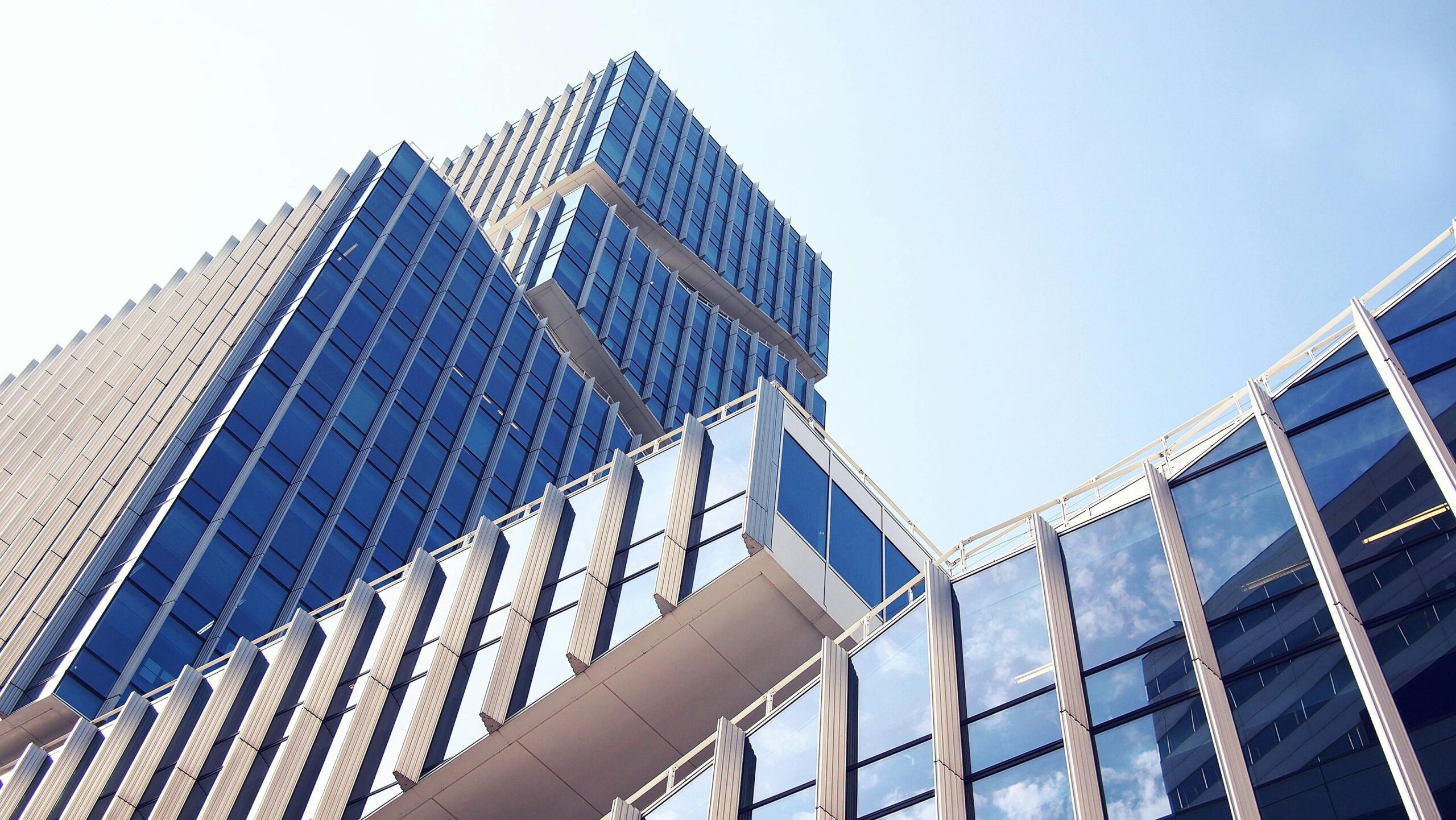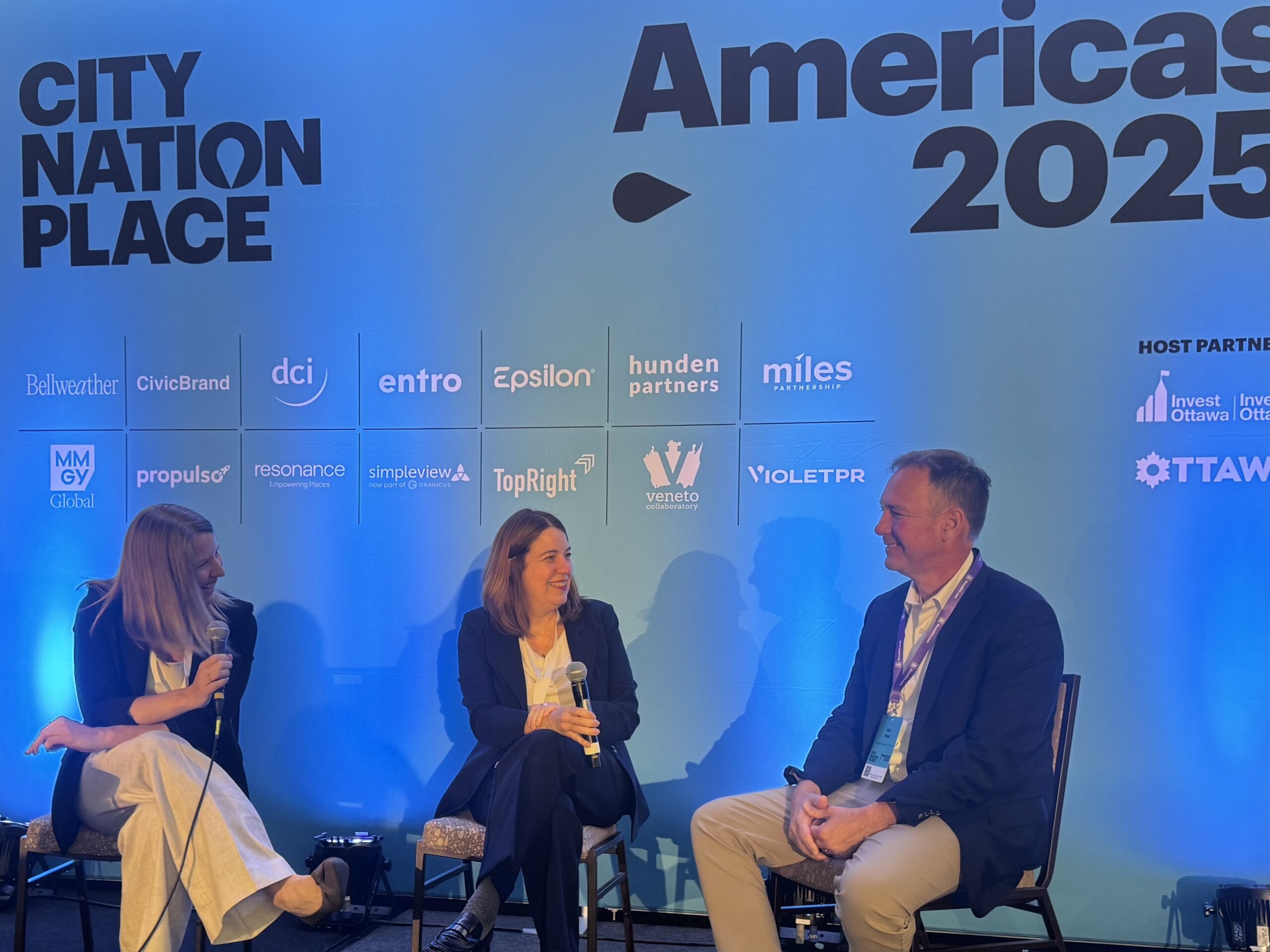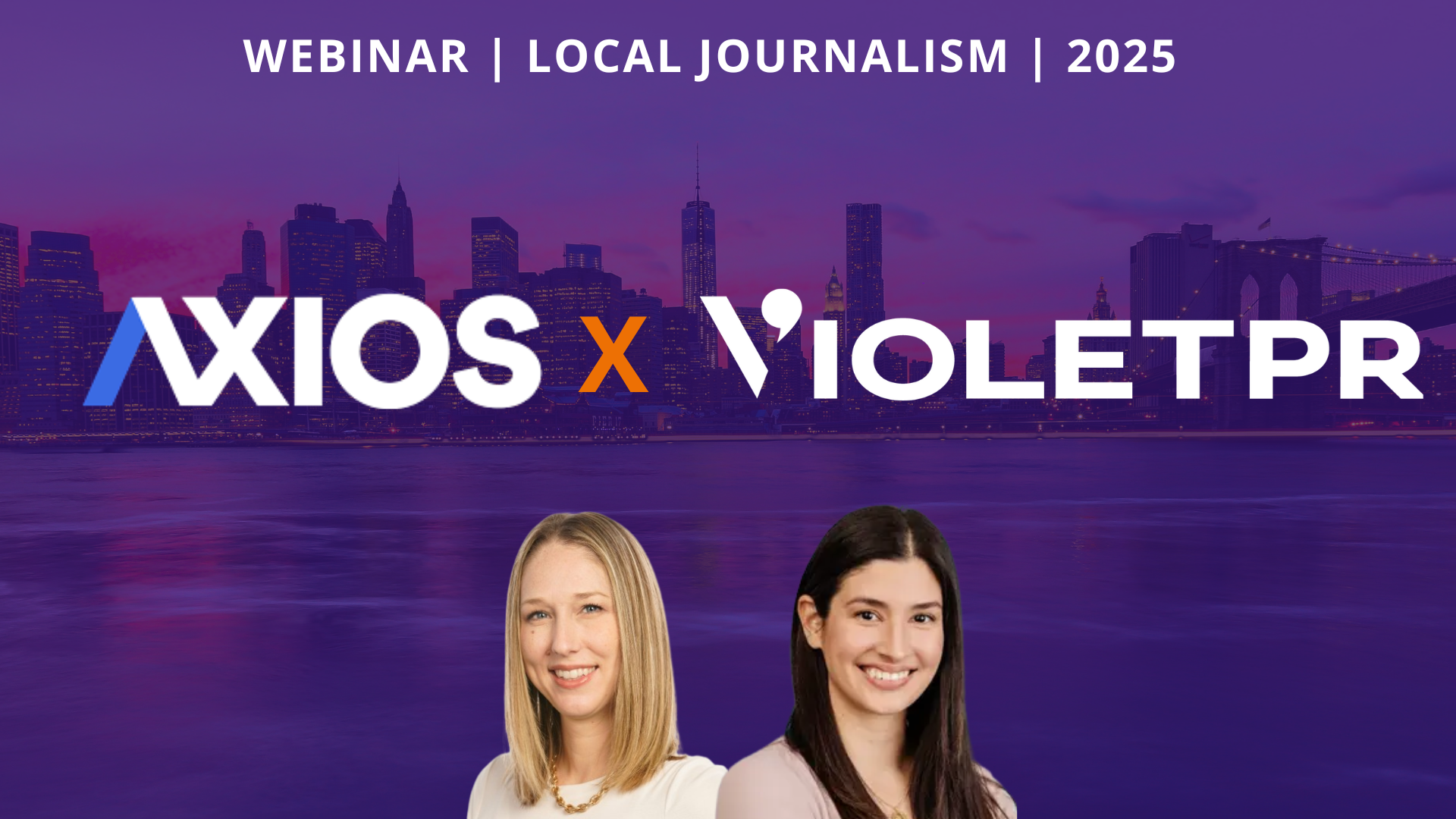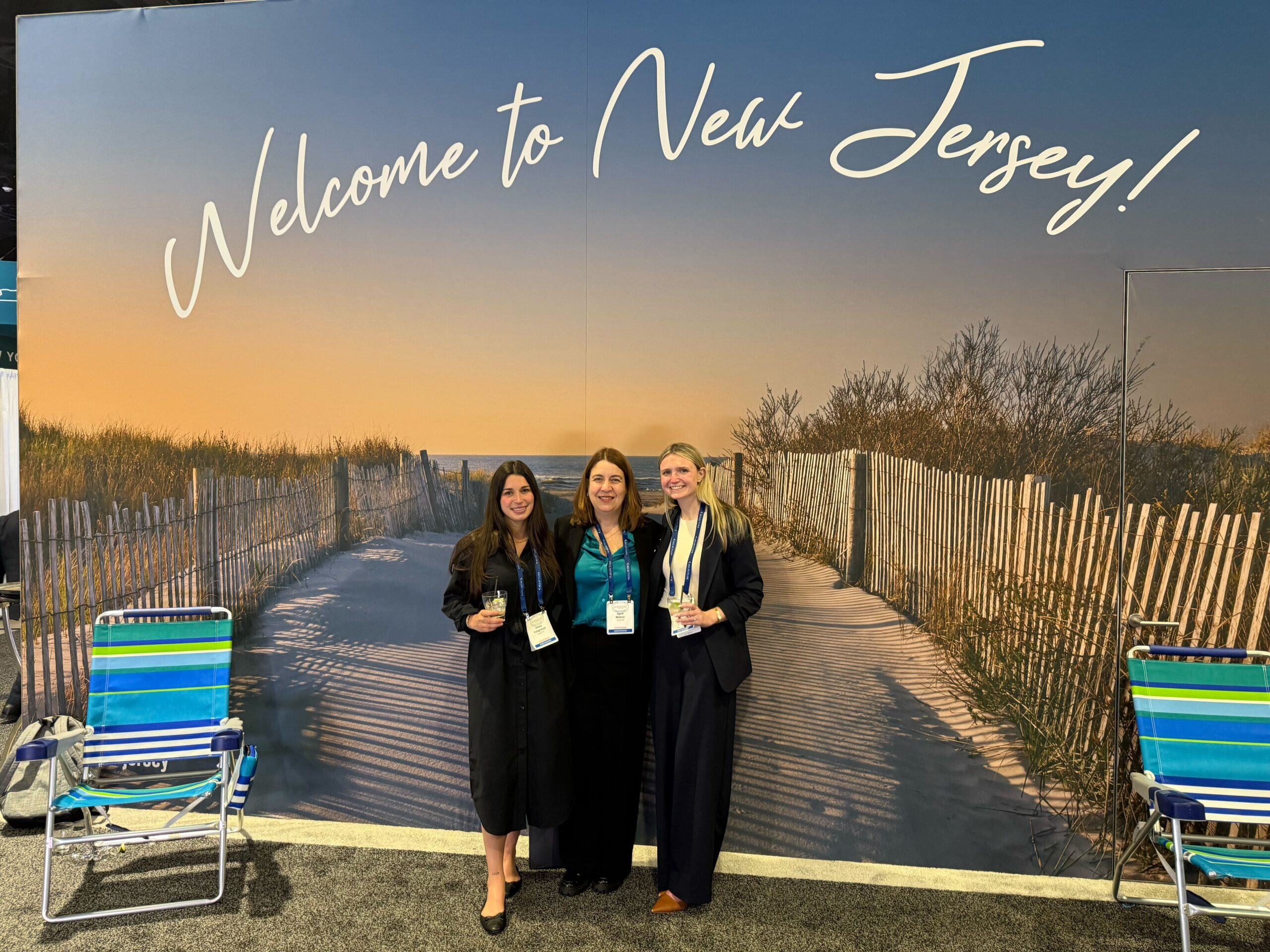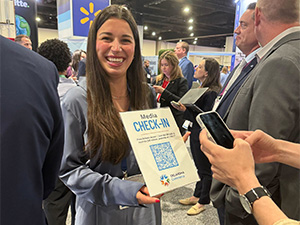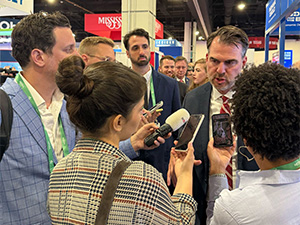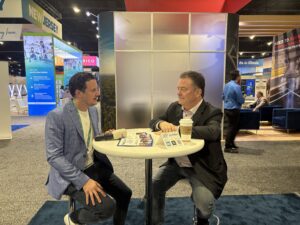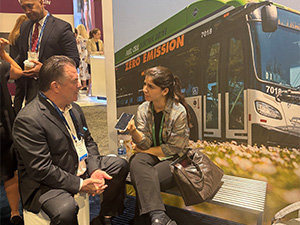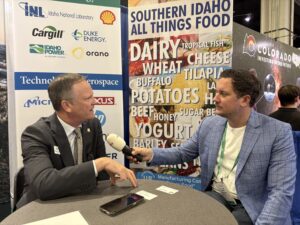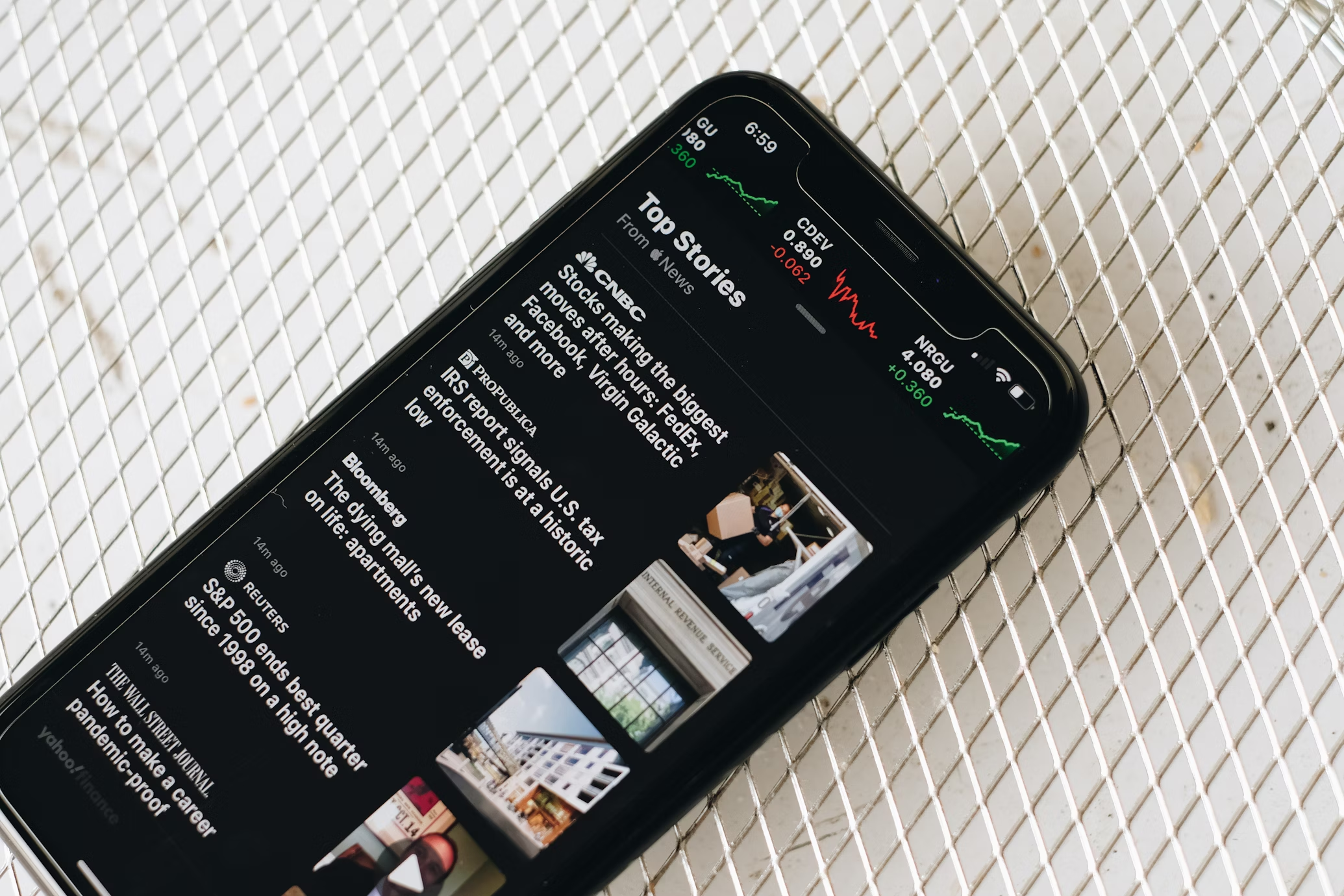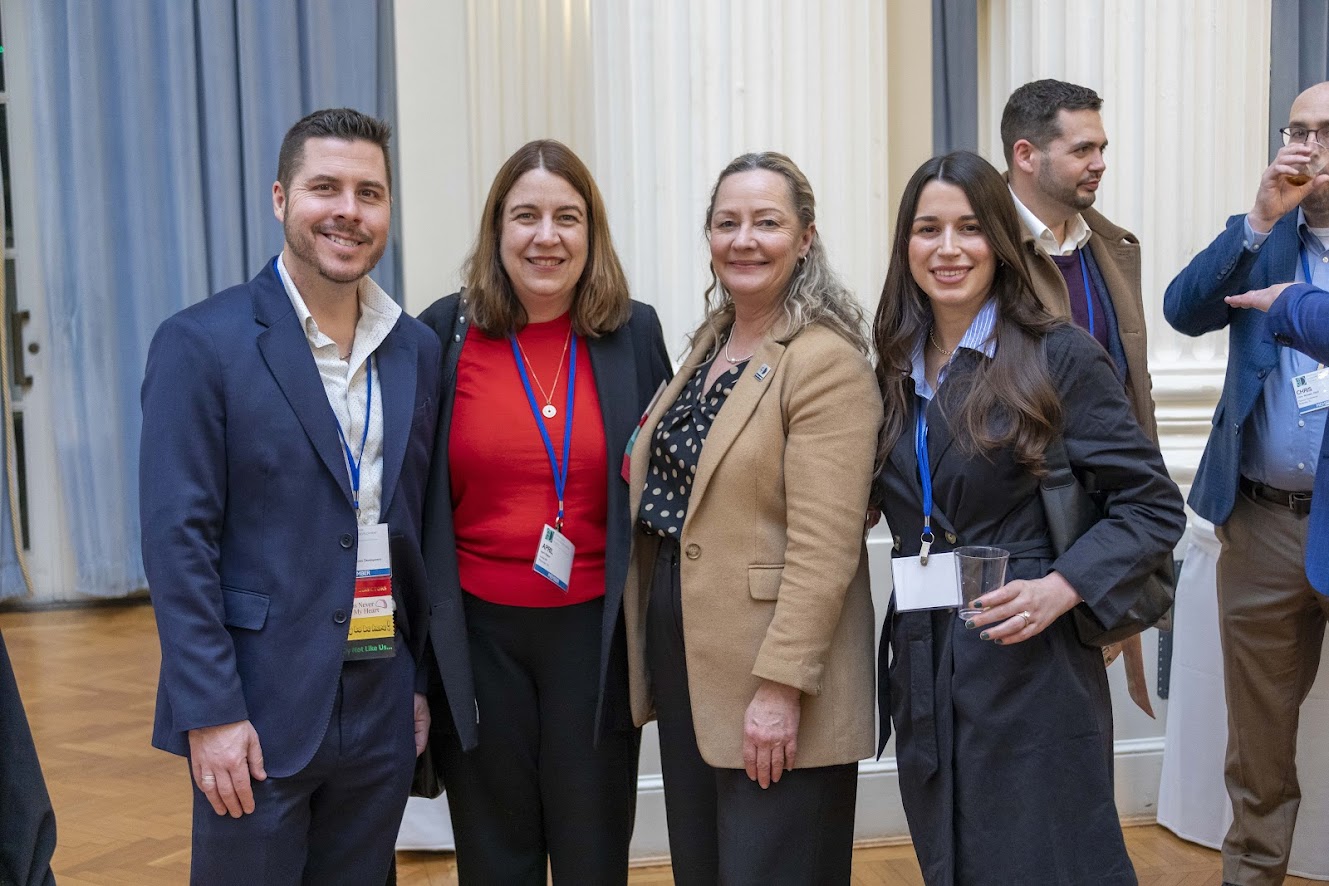Securing coverage for your architecture firm in major publications requires more than distributing press releases or sending generic project pitches. The media landscape within architecture, engineering, and construction (or AEC) has its own nuances and unwritten rules. Editors and reporters in these sectors expect targeted, creative stories that fit their editorial calendars and audience interests – and they won’t entertain concepts that stray from them.
Understanding how to tailor your approach to meet these expectations is critical, and something we hope to help you unpack here.
Below are five public relations strategies that reflect this reality and improve your chances of securing meaningful, high-profile editorial coverage (and what that could mean for your firm).
1. Handle Project Completion Announcements With Care
If you’re considering a project completion story, keep in mind that top-tier architecture and design publications like Architectural Record, Architect Magazine and Metropolis Magazine expect exclusivity. Securing this exclusive requires careful coordination with all stakeholders, including clients, contractors and internal teams, to select the most appropriate publication.
Understanding who you want to reach with the story is crucial – this will influence the tone, angle and level of detail you present, ensuring the story resonates with the right audience.
Clear, upfront communication with the journalist about timing and messaging helps prevent misunderstandings, protects sensitive information and maximizes the story’s impact. Taking the time to manage this process thoughtfully not only increases the chances of high-quality coverage but also strengthens your firm’s credibility and trust with key media contacts.
Because this type of situational media pitching is so intricate, it’s often best left to PR teams, who can leverage their media expertise and manage the correspondence for you. But, more on that later.
2. Keep the Story Alive After the Exclusive Runs
A single project can yield several story opportunities if approached creatively. Beyond announcing completion, consider angles around challenges solved (e.g., community engagement, zoning, climate adaptation), innovations introduced, or how the design reflects larger trends.
Communications teams can develop several short pitches tailored to different outlets – some may want the technical story, others the social impact. This helps extend the life of a project in the media without oversaturating any one message.
For example, when the Kansas City Current opened CPKC Stadium – the first purpose-built stadium for a women’s professional sports team – Violet PR secured a Bloomberg feature that moved beyond the ribbon cutting. The story highlighted how the stadium was intentionally designed for women, by women. With the CPKC project, the women-led architecture firm Generator Studio crafted a venue that advances equity in stadium development and positions Kansas City as a national leader in women’s sports.
3. Use Thought Leadership to Add Value
To build credibility beyond project work, position your team as a trusted source on topics shaping the built environment – whether that’s sustainability, urban planning, emerging technologies, or broader industry trends.
Editors look for commentary that goes deeper than surface-level talking points. They want subject-matter experts who can articulate the “why” behind design decisions and offer perspective on current challenges or shifts in the industry.
Contributing expert quotes, authored articles or insights tied to timely news can lead to feature stories, interviews and other earned opportunities that keep your firm visible between project announcements.
For example, Spanish architect Luis Vidal – designer of more than 30 airports globally – used his work on Pittsburgh International Airport’s new terminal as a launchpad to discuss post-pandemic travel trends. In an Azure feature secured by Violet PR, he shared insights on how COVID-19 reshaped airport design, positioning him as a forward-thinking expert and reinforcing his firm’s credibility between project milestones.
4. Visuals Are Everything
Editors often make quick decisions about whether to pursue a story based on the strength and availability of imagery. Before pitching, make sure you have high-resolution photography, renderings, or video content that clearly and professionally showcase the project.
In some cases, new visuals alone – especially of a completed or newly activated space – can serve as the angle. Make it easy for editors to access these assets by using press kits or file-sharing links with clear labeling and usage rights.
5. Build Relationships With Targeted Editors
Securing consistent media coverage often comes down to relationships. Identify the editors and writers who cover your firm’s area of focus – whether that’s civic and cultural projects, education, healthcare, adaptive reuse or another specialty – and stay current on the types of stories they prioritize.
Follow their work, engage with it thoughtfully, and look for opportunities to connect through a relevant email, social media comment, or by offering helpful context on a trend they’re tracking. A well-timed, personalized note goes further than any mass pitch. Over time, this approach builds trust and positions your firm as a go-to source.
The goal is to align your story with editors’ needs while showing expertise beyond completed projects. Thoughtful planning and proactive media engagement are essential to getting results in the competitive AEC landscape.
If you do succeed in landing impressive coverage, it will help not only enhance SEO and web visibility but also credibility among your stakeholders, clients, prospects, and partners. Earned media is an efficient tool, and typically a win-win. You can find some great ideas in this blog post for how to use your earned media coverage across other marketing channels, too.
It’s also a specialty of ours at Violet PR: We’ve worked with architecture firms both regionally, nationally and internationally to capitalize on their “big” project moments and make a strong media splash, atop other thought leadership efforts. You can read more about our work here.
Interested in connecting with a team that can partner with you on these tailored earned media campaigns? Shoot us a note today at: hello@violetpr.com!
